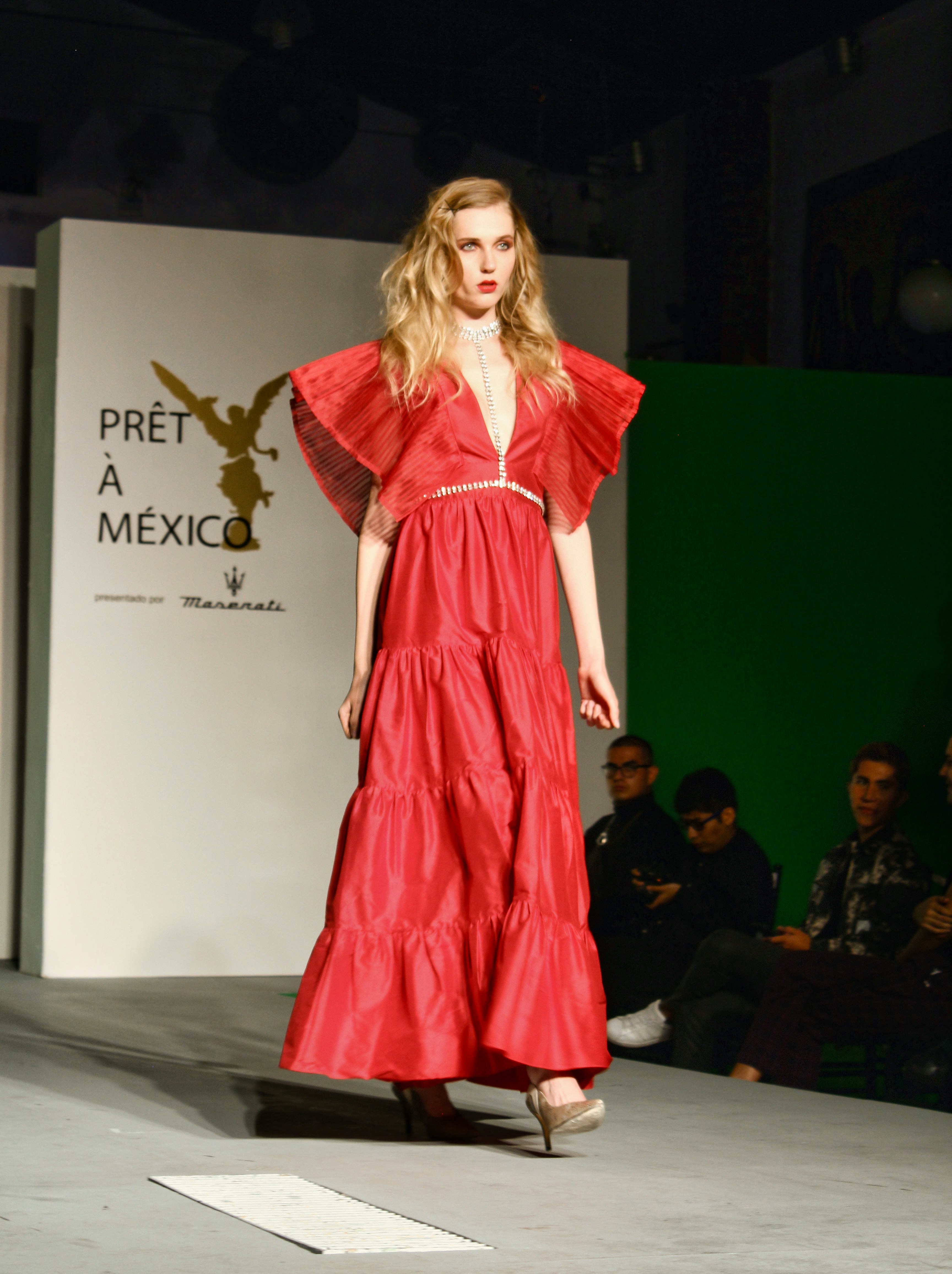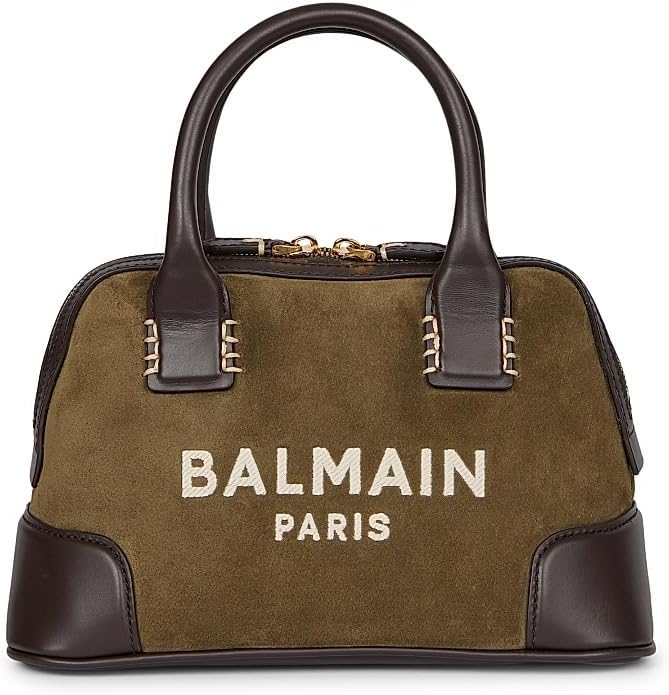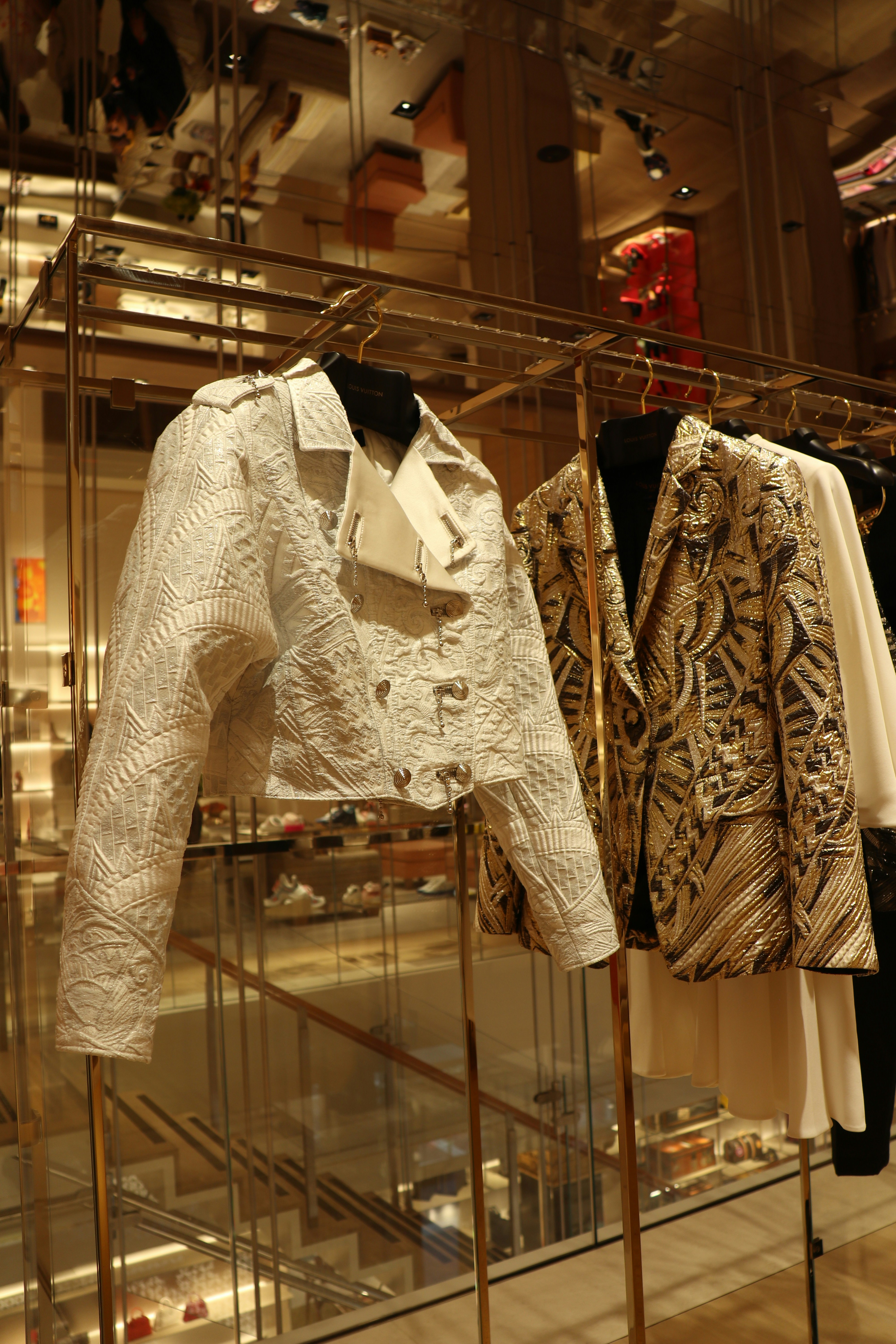A Journey Through Colombian Fashion
Colombian fashion is deeply embedded in the country’s rich cultural tapestry, reflecting a multitude of influences from indigenous traditions to colonial legacies and modern global trends. Dating back to pre-Columbian times, indigenous groups developed textiles using natural resources, which laid the groundwork for an appreciation of craftsmanship that endures today. The attire of these communities was often characterized by bright colors and intricate patterns, representing their relationship with nature and spirituality.
During the colonial period, fashion in Colombia began to show influences from European styles, particularly from Spain, leading to a blend of traditional and modern aesthetics. Throughout the 19th and early 20th centuries, the fashion scene was marked by the emergence of tailored garments, reflecting the societal changes and growing urbanization in Colombian cities. The integration of European fabrics with local craftsmanship created a unique style that distinguished Colombian fashion from those of its neighboring nations.
Heading into the late 20th century, Colombian fashion underwent further transformations as designers began showcasing their work on international platforms, gaining recognition for their creativity and unique takes on traditional designs. The introduction of Fashion Weeks in cities such as Bogotá provided a vital space for local talents to explore contemporary interpretations of Colombian heritage. This resurgence in national pride and cultural identity came at a time when global visibility was increasingly important, allowing Colombian designers to infuse their collections with vibrant palettes and artisanal craftsmanship that spoke to their roots.
By the time Johanna Ortiz emerged in 2011, she was positioned to draw upon this rich heritage. Her designs encapsulated the evolution of Colombian fashion, merging modern aesthetics with traditional craftsmanship and local textiles. Ortiz not only contributed to redefining Colombian fashion but also helped to elevate its status on the global stage, bringing a distinctly Latin American perspective to contemporary fashion discourse.
The Signature Style of Johanna Ortiz
Johanna Ortiz has established herself as a noteworthy designer, celebrated for her distinctive style that epitomizes the essence of Colombian fashion. A hallmark of her creations is the playful yet sophisticated use of ruffles, which adorn many of her garments. These ruffles are not merely decorative; they evoke a sense of movement and fluidity, reminiscent of the vibrant rhythms of Colombian culture. Through their thoughtful placement and bold execution, Ortiz’s ruffles contribute to a visual narrative that is both enchanting and representative of her heritage.
In addition to ruffles, bold prints serve as another defining element of Ortiz’s aesthetic. Drawing inspiration from the rich natural landscapes of Colombia, she incorporates floral motifs and geometric patterns that celebrate the country’s biodiversity. These prints not only capture the eye but also imbue her designs with a sense of storytelling. By seamlessly blending traditional Colombian elements with contemporary fashion sensibilities, Ortiz appeals to both local and international audiences, creating garments that resonate on a global scale.
The vibrant colors utilized in her collections further enhance the tropical elegance that characterizes her brand. Ortiz often selects a palette that includes bold reds, sunny yellows, and deep greens—colors that embody the essence of tropical landscapes. This strategic use of color is instrumental in creating pieces that are not only visually striking but also evoke the warmth and exuberance of Colombian culture. Her ruffled dresses, in particular, stand out due to their innovative design and impeccable craftsmanship, allowing wearers to express their individuality while celebrating their roots.
Through her unique blend of ruffles, bold prints, and vibrant colors, Johanna Ortiz effectively transports elements of Colombian culture onto the global fashion stage, earning acclaim for her ability to redefine contemporary fashion with a distinctive tropical elegance.
The Impact of 2011: A Milestone Year for Ortiz
The year 2011 marked a significant turning point for Colombian designer Johanna Ortiz, as her creative vision began to take center stage within the global fashion industry. In this pivotal year, Ortiz debuted her celebrated collections that expressed a unique fusion of traditional Colombian aesthetics coupled with contemporary fashion sensibilities. One of her most talked-about showcases took place during New York Fashion Week, where she gained critical attention for her innovative designs. This exhibition provided her with a platform to present her work to an international audience, successfully spotlighting Colombian fashion on a wider scale.
Ortiz’s collection that year featured vibrant colors, intricate patterns, and elegant silhouettes, characteristics that became synonymous with her brand. The attention garnered from the fashion elite and critics not only solidified her reputation as a designer of note but also paved the way for further appreciation of Latin American fashion as a whole. The 2011 collection resonated with both local and international consumers, illustrating her ability to connect with diverse audiences through her work.
<pfurthermore, 2011,="" a="" ability="" accolades="" america="" amid="" amplifying="" and="" aspirations="" colombian="" competitive="" demonstrated="" designers="" distinctive="" emerging="" enabled="" encouraging="" establish="" fashion="" features="" from="" global="" her="" identity="" impact="" in="" industry.="" industry.
In essence, Ortiz’s achievements in 2011 not only spotlighted her talent but also contributed significantly to elevating the image of Colombian fashion, showcasing its creativity and cultural richness on an international platform. Her work resonated with fashion enthusiasts and critics alike, marking a milestone that would pave the way for the evolution of fashion in Colombia and beyond.
The Legacy of Johanna Ortiz and Future Directions
Johanna Ortiz has secured her place as a transformative figure in the fashion industry, particularly within Colombia. Since her emergence onto the global stage in 2011, her artistic vision has redefined how Colombian culture is perceived in the realm of high fashion. Ortiz’s commitment to celebrating her heritage through design has resonated with audiences not only in her home country but also around the world. Her ability to blend traditional Colombian textiles and patterns with contemporary silhouettes has paved the way for an innovative approach to fashion that prioritizes cultural narrative and craftsmanship. This fusion has inspired numerous emerging designers in Colombia, encouraging them to explore their cultural roots and express their unique identities through fashion.
As a visionary, Ortiz’s influence extends beyond her own collections. By showcasing the beauty of Colombian design on international runways, she has fostered a sense of pride among local designers and has cultivated an environment that values authenticity. This legacy of empowerment is pivotal for the next generation, who are now inspired to draw from their diverse backgrounds while creating fashion that speaks to both local and global audiences. Her pioneering spirit highlights an important shift in the creative landscape—one that celebrates individuality while advocating for sustainability in fashion practices.
Looking ahead, the future of Johanna Ortiz’s brand can be envisioned as one that continues to uphold her core values while adapting to the dynamically evolving fashion industry. The increasing emphasis on sustainability aligns seamlessly with Ortiz’s ethos, as she seeks to integrate eco-friendly materials and practices in her future collections. As the dialogue surrounding ethical fashion persists, it is likely that Ortiz will remain at the forefront, demonstrating that fashion can be both beautiful and responsible. The evolution of her brand will undoubtedly set a precedent, influencing new designers to maintain a balance between innovation and cultural reverence.














